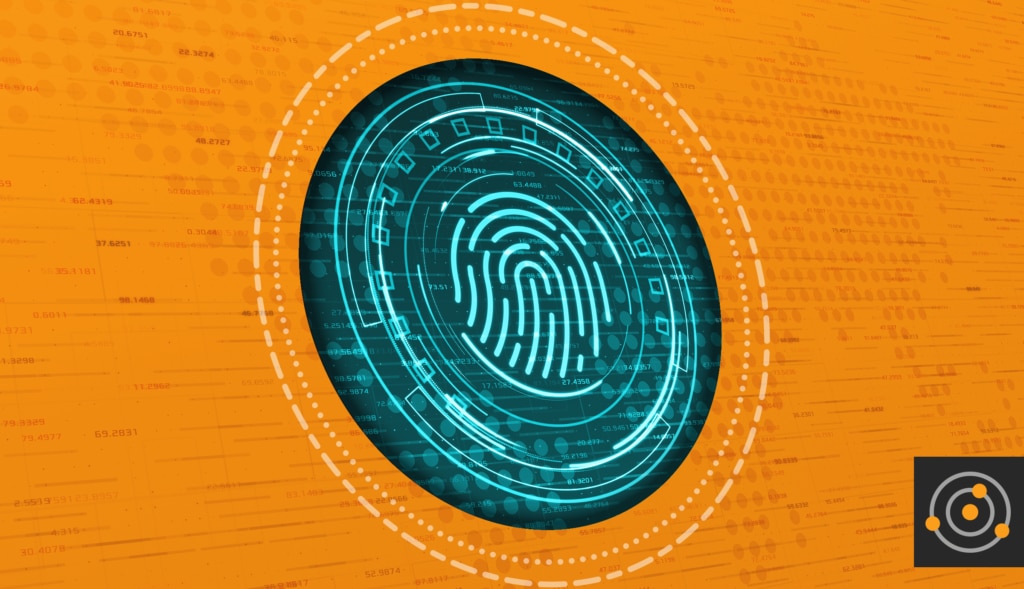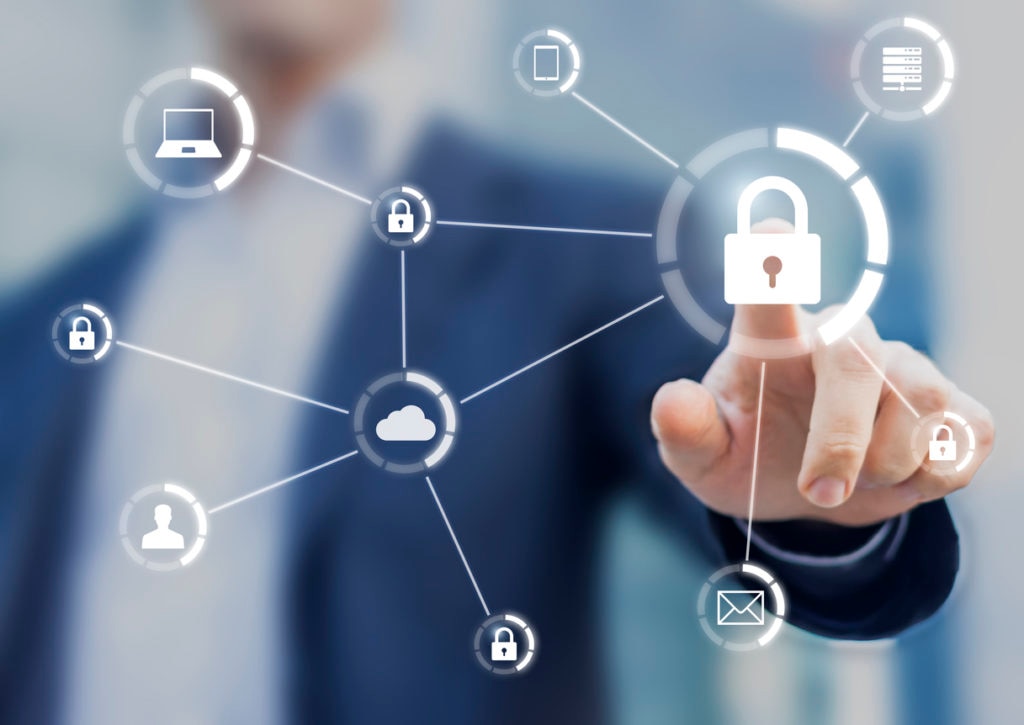Mobile working is becoming the reality for an increasing number of public sector staff. But the threat and impact brought by the coronavirus COVID-19 outbreak has seen many organizations instructing office-based employees to work remotely, as a way to minimize the risk of infection and spreading of the virus.
An increasing number of organizations require their employees to work from home—forcing organizations to create an action plan and adapt to an evolving remote working environment while maintaining solid security measures. And with over five million people working in the U.K. public sector, according to
government figures, the number of remote workers may grow quickly and exponentially.
With this increase in remote working, how can the public sector foster a balanced, efficient, and productive remote working culture?
Put the Right Tools in Place
The monitoring, management, and security of all the hardware and software used to deliver remote working has become more complex as the number and variety of devices and access points has increased. Balancing ease of use with security is important, and while cybersecurity is the main priority, end users want their mobile and remote-working technologies to integrate effectively and perform well. In the end, they want to get their jobs done, and technology should be an enabler, not a frustrating barrier.
Make Home Working Work for All
One way to ensure ease of use matches the security needs of an organization is to use virtual desktops. The benefit of these is how employees can use the technology as easily as they could do from their desks at work.
Another approach is to implement a Virtual Private Network (VPN) with profiling, which allows users to access network resources with their own device and use their own applications. The profiling element means administrators can ensure key services such as malware protection are installed, the firewall is on, policies are up to date, and the device has all its necessary security updates.
Modern
endpoint protection has progressed to the stage where agents now can contact their organization’s security management systems, which can be located either on-premises or in a cloud, to get its policies and definitions. This version of protection allows organizations to provide maximum security to users whether on-site or working remotely. This can be especially helpful for users who are constantly on the move, as they’ll still receive security updates and configuration as soon as they’re published, while the administrator can, ideally, stay ahead of the game.
The issues raised by this sudden, urgent need to work remotely shed light on how as a nation, the U.K. Central Government should already have better measures in place to enable more employees to work from home, as and when needed. After all, once the outbreak has settled down and things return to normal, some employees might find they miss the convenience of skipping the daily commute!
Find the full article on TECHERATI. 




